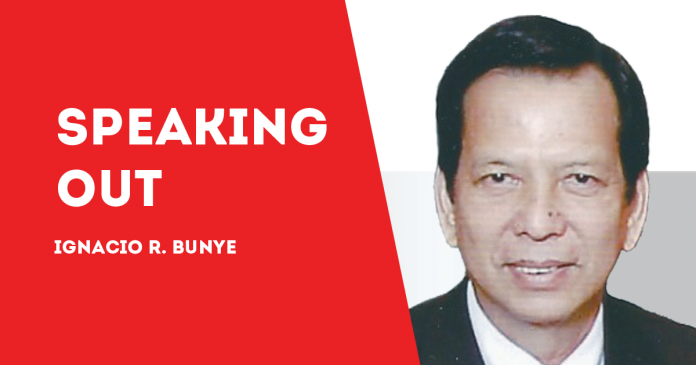
SEVENTY-FIVE years ago today, the battle to re-take Manila from Japanese hands (Feb. 3 to Feb. 29, 1945) was raging.
Days earlier, the Japanese forces, mostly naval troops under Sanji Iwabuchi, received the following orders which they carried out with deadly efficiency. “The Americans who have penetrated into Manila have about 1,000 troops, and there are several thousand Filipino guerrillas. Even women and children have become guerrillas. All people on the battlefield with the exception of Japanese military personnel, Japanese civilians, Special Construction Units, will be put to death.”
And so began what has come to be known as the Manila Massacres. As soon as the advancing American forces were sighted at the city’s outskirts, the Japanese started torching whole sections of Binondo and later Malate. This was followed by systematic cold-blooded killings, rape and looting.
Within a two-week period in February 1945, 100,000 civilians – roughly one out of every four residents of Manila at that time – were killed. According to historians, what happened in Manila was surpassed only by the Rape of Nanking which resulted in the death of around 300,000 Chinese civilians during the Sino-Japanese War.
Among the victims of the Manila massacres were the immediate family of the late President Elpidio Quirino, who lost his wife and three children. On Feb. 9, 1945 his wife Doña Alicia, daughter Norma, infant daughter Fe and son Armando where gunned by Japanese soldiers as they tried to escape from their burning house. The bloodbath is described in more detail by Salvador P. Lopez (“The Judgment of History”) as follows:
“As the (allied troops) shelled the Japanese military installations in the area the Japanese soldiers, in sheer desperation, knowing they could not escape alive, indulged in a cold-blooded massacre of the residents. It was in the course of this murderous rampage that tragedy overtook the Quirino family.
“Quirino had gathered his wife and children about him on that fateful day of 9th February 1945 in the family residence on Colorado Street (presently Felipe Agoncillo), Ermita, to plan their escape from the area.
“It was four o’clock in the afternoon. The Japanese had transformed the neighborhood into a holocaust of fire and death. A barrage of shells hit the roof of the Quirino residence. As the house burned, Elpidio decided to escape with his family to the home of his mother-in-law, Mrs. Concepcion Jimenez Syquia, on the same street.
“In a desperate attempt to get out of the hell-hole, Elpidio ordered his son, Tomas, to lead the group. Doña Alicia cuddled her two daughters, infant Fe and Norma. Another son, Armando, carried the family valuables. All the members of the family then dashed towards the Syquia residence. Tomas and Victoria led the group.
“Half-way across the street, four Japanese marines, camouflaged in leaves, machine-gunned them. Looking back, Tomas saw the bodies of his mother and two sisters lying lifeless on the ground. Mrs. Quirino died hugging Fe, while Norma lay dead beside her. Armando tried to retrieve their dead bodies but was stopped by machine-gun fire.”
Modesto Farolan, former head of the Red Cross in Manila, described before the Military Commission another incident where he miraculously survived. “A squad of Japanese soldiers entered the Red Cross Building and proceeded to shoot and bayonet everyone in the building, including staff doctors, patients and young babies, nurses and refugees. Nurses pleaded for the lives of the mothers with new-born infants, but all were bayonetted or shot. Then the attackers ransacked the building for food and supplies.”
Seventy-five years after the Manila Massacres, the memories of Japanese atrocities have all but faded in the Filipino consciousness. Survivors have grown fewer as the years passed. The post-liberation generations, on the other hand, have no idea at all of the extent of the Japanese atrocities during the war. The only mute reminder of the dark period is a simple memorial – Memorare Manila 1945 – which has since stood in the heart of Intramuros.
The memorial depicts a mother, cradling her dead child, surrounded by six other anguished survivors of the atrocities.
Unlike his superior General Tomoyuki Yamashita, Sanji Iwabuchi, who was held directly responsible for the massacres, never stood trial. Iwabuchi committed suicide at his headquarters when he learned that Intramuros has been taken by the allies. Iwabuchi was later posthumously promoted to Rear Admiral and, like Yamashita, is honored at the Yasukuni Shrine.
***
Note: You may wish to share the foregoing article via Facebook, Twitter or Linked-In./PN

